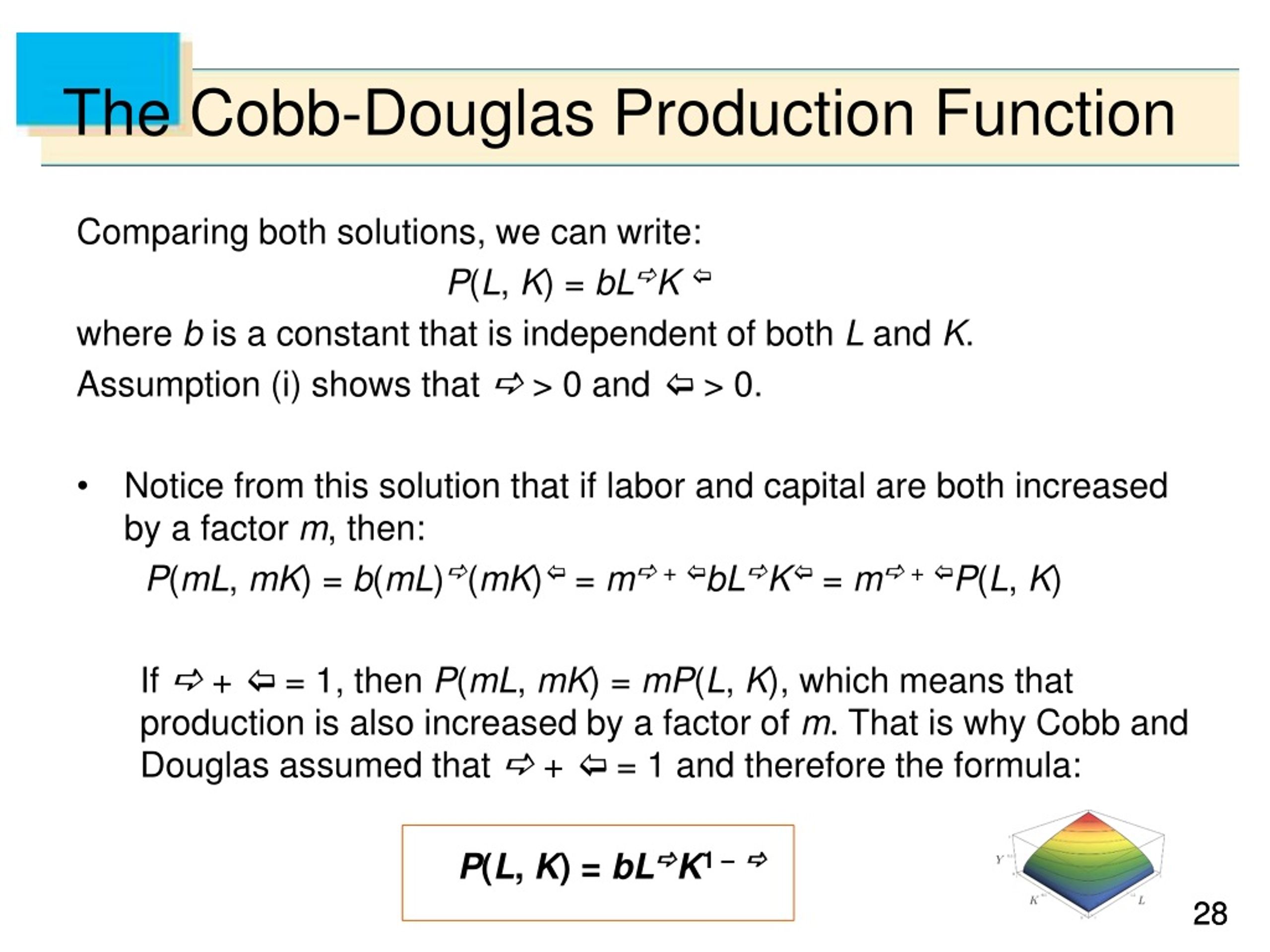

It appeared early (at least by 1916, see Wicksell 1958, p. The Cobb–Douglas function is perhaps the most ubiquitous form in economics, owing its popularity to the exceptional ease with which it can be manipulated and to the fact that it possesses the minimal properties that economists consider desirable. This process is experimental and the keywords may be updated as the learning algorithm improves. These keywords were added by machine and not by the authors. But for others, the Cobb– Douglas is at least a venerable form and, effectively, it and its putative inventor are regarded fondly Keywords Yet, it possesses restrictive properties and perhaps for that reason it has become for some an object of disdain, often regarded as a child’s toy in the world of real economics. And it has been used both as a utility and production function in analyses of growth, development, macroeconomics, public finance, labour and just about any other applied area in economics. It forces itself into relatively new areas such as frontier production functions (see Førsund et al. It has been applied econometrically countless times, still surprising people that it can explain the data so well (Mairesse 1974). It is the first form that many embryonic mathematical economists squeeze and buffet to obtain nice expressions for marginal products and utilities. 133), notably in the theory of distribution where it was used to prove the adding-up theorem of factor shares when the production elasticities sum to unity.


 0 kommentar(er)
0 kommentar(er)
